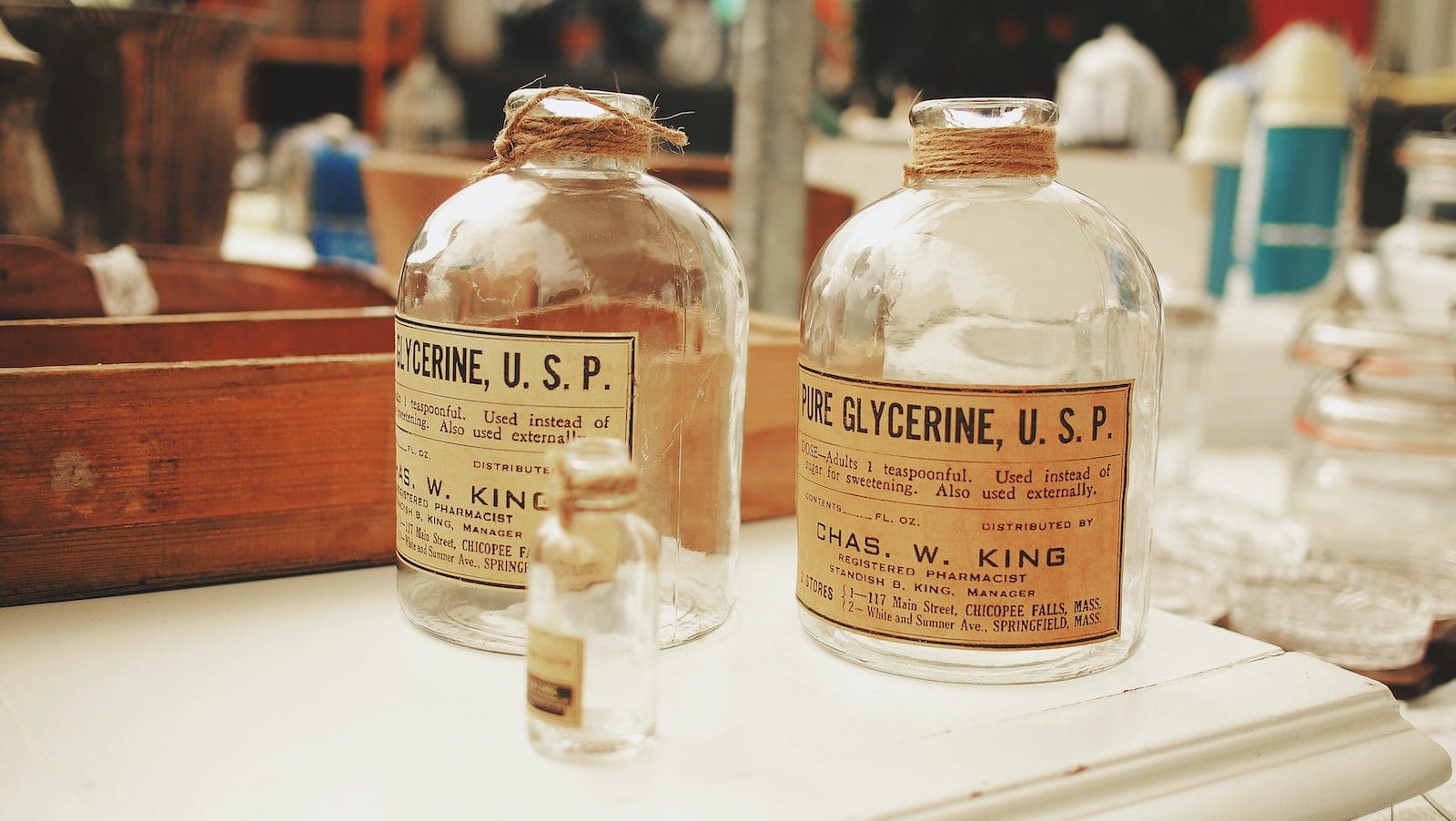There are numerous Chemicals available on Earth; most of them have been discovered, but several others are not yet discovered. Chemicals are directly related to the Pharmaceutical industry.
The pharmaceutical industry is an industry that deals with chemicals, drugs for use in medication, etc.; they produce, discover, or develop Different Chemicals and drugs for medication use which is readily available in the market.
The pharmaceutical industry is one of the most important industries, and without their affiliation, no medicines can be manufactured by the manufacturers.
Pharmaceutical companies may deal in generic or brand medications along with medical devices.
Numerous Chemicals are considered harmful for human consumption, and these Chemicals are distinguished from drugs. The pharmaceutical industry creates this distinction.
For example, chemicals like glycerin are used in skincare products, and the Pharmaceutical Industry prescribes that it is not harmful to the skin.
Key Takeaways
- Glycerol and glycerin are two names for the same compound, a clear, odorless, sweet-tasting liquid used in various industries.
- Glycerol/glycerin is a key component of various products, including cosmetics, food, and pharmaceuticals, due to its moisturizing properties and ability to act as a solvent.
- Glycerol/glycerin can be derived from animal fats and vegetable oils or synthesized chemically.
Glycerol vs. Glycerin
The difference between glycerol and glycerin is glycerol is a pure form. On the other hand, glycerin contains 95% glycerol. However, that chemical formula is the same. They cannot be used interchangeably, especially when purity is preferred.

Comparison Table
| Parameters of Comparison | Glycerol | Glycerin |
|---|---|---|
| Definition | It is a simple polyol compound, which is pure form. | It is a solution which contains 95% of glycerol in it. |
| Availability | It is not available in its pure form. | It is available in its pure form. |
| Purpose | Internal use | External use |
| Uses | Used in medication | Used in cosmetics |
| Side effects | Nausea, headache, dizziness, etc. | Skin redness, rashes, blisters, etc. |
What is Glycerol?
Glycerol is a simple polyol compound which does not have any color or smell. Glycerol is a non-toxic liquid that tastes sweet.
The backbone of glycerol is found in lipids known as glyceride. Glycerol has antimicrobial and antiviral properties, making it fit for treating burns and wounds.
Glycerol is widely accepted for several skin treatments, including constipation, obesity, meningitis, stroke, improving hydration, etc., although there are no specifications for the proper use of glycerol. Glycerol is also present in human tissues in the form of trivalent alcohol.
Glycerol is a volatile liquid; if left outside in contact with the environment, it will vaporize even at room temperature.
Glycerol is biodegradable, and when it is exposed to the environment, it distributes among air, soil, or sediment.
There are other improvisations done in glycerol for several treatments; for example, Intravenous glycerol is used for cerebral edema and hence reduces intracranial pressure, iodinated glycerol is used in the treatment of respiratory disorders, and it is also added to cough syrup to reduce the irritation in the throat, etc.
Glycerol can be consumed through the mouth or applied on the skin directly; for example, for skin treatment, it is applied on second directly, and in case of internal diseases like diarrhea, or constipation, it is consumed as an enema.
Along with its advantages, glycerol has several disadvantages; it can cause headaches, dizziness, and nausea when taken through the mouth. It can cause a skin rash, redness, or burns if applied directly on the skin.
It can cause damage to red blood cells if injected. Therefore, the use of glycerol should be done under medical supervision.

What is Glycerin?
Glycerin is the commercial name of glycerol which contains 95% of it. Glycerin cannot be used interchangeably with glycerol.
Glycerin is a less pure form of glycerol. The chemical formula of glycerol and glycerin is the same, but the terminology differs.
Glycerin is widely used in cosmetics; other than fragrances and water, it is the most used product in the cosmetic industry. Numerous products include glycerin in them, especially moisturizers and lotions.
Pure glycerin is also readily available in the market, and people tend to buy it for direct use.
There are numerous advantages of using glycerin on the skin: glycerin provides hydration to the skin, helps to improve barrier function and skin mechanical properties, provides protection against skin irritation, accelerates the healing process, etc.
Glycerin is a humectant type of moisturizing agent which pulls water from the deeper layers of skin to the uppermost layer of skin, which provides hydration to the upper layer of skin. Glycerin is safe for consumption to certain limits and used for sweetening, thickening, or as a preservative in numerous recipes.
It is always advisable to dilute the glycerin because it derives water from the lowest into the upper layer of the skin, which might dehydrate the skin in the future and can dehydrate to the level of causing blisters.
Glycerin has a few disadvantages; for example, it can cause rashes, redness, itching, burns, blisters, etc., and it might not suit every skin type. Therefore, it is advisable to get it prescribed by doctors before use.

Main Differences Between Glycerol and Glycerin
- Glycerol is a simple polyol compound in pure form. On the other hand, glycerin is 95% of glycerol in addition to other ingredients.
- Glycerol is used more for internal cure purposes. On the other hand, glycerin is used more for the external purpose.
- Glycerol can cause nausea, dizziness, headache, etc.; however, glycerin can cause skin redness, rashes, blisters, etc.
- Glycerol is not available in the market in its pure form, but glycerin is readily available in its pure form.
- Glycerol is used more in medications. On the other hand, glycerin is used in cosmetic products used in daily life.





